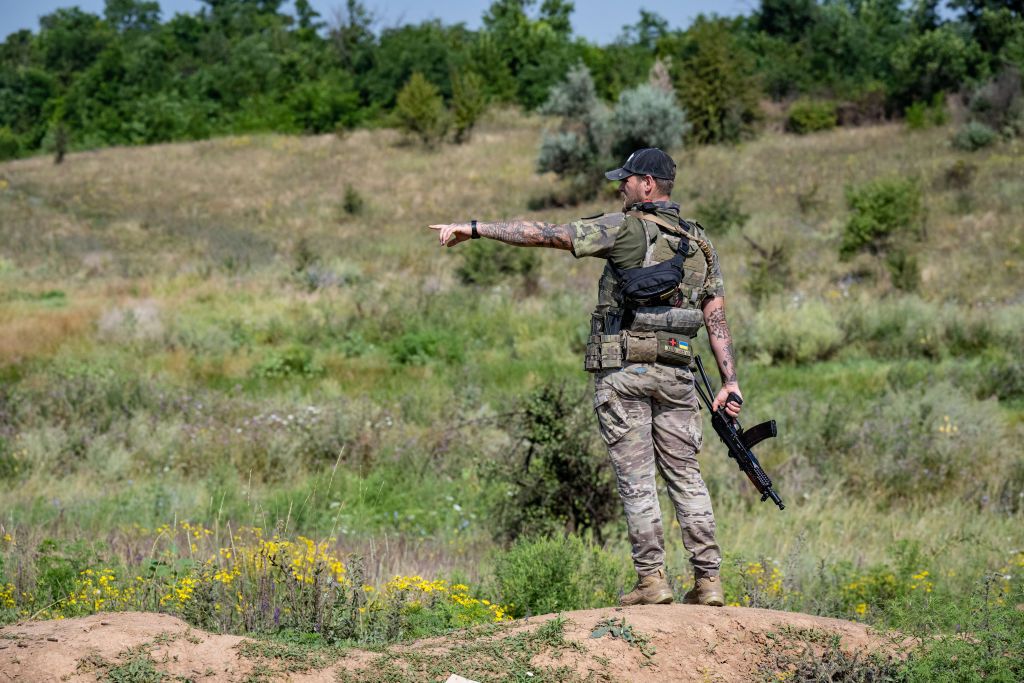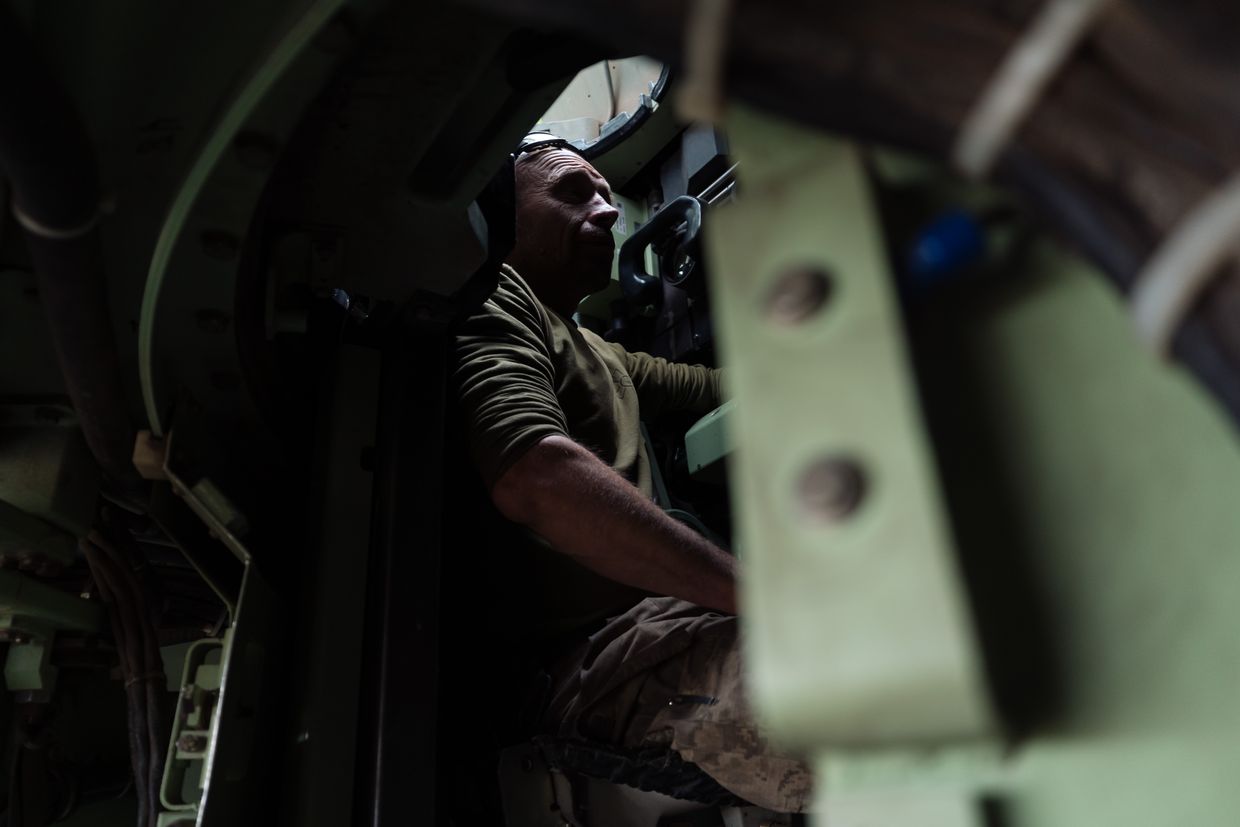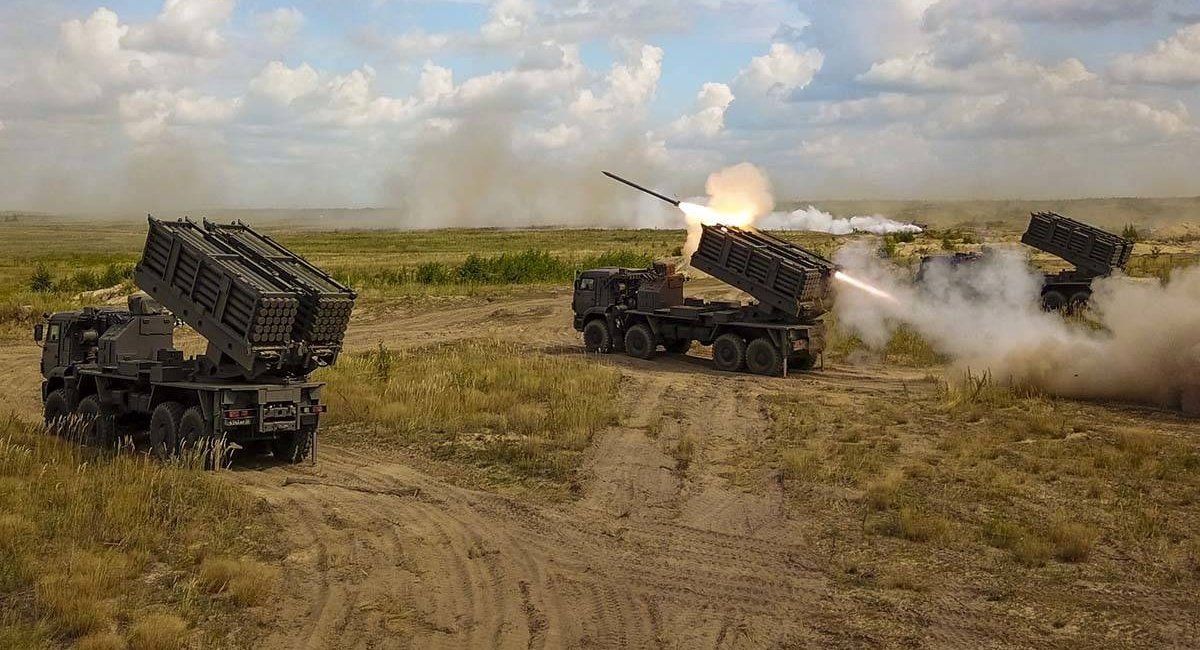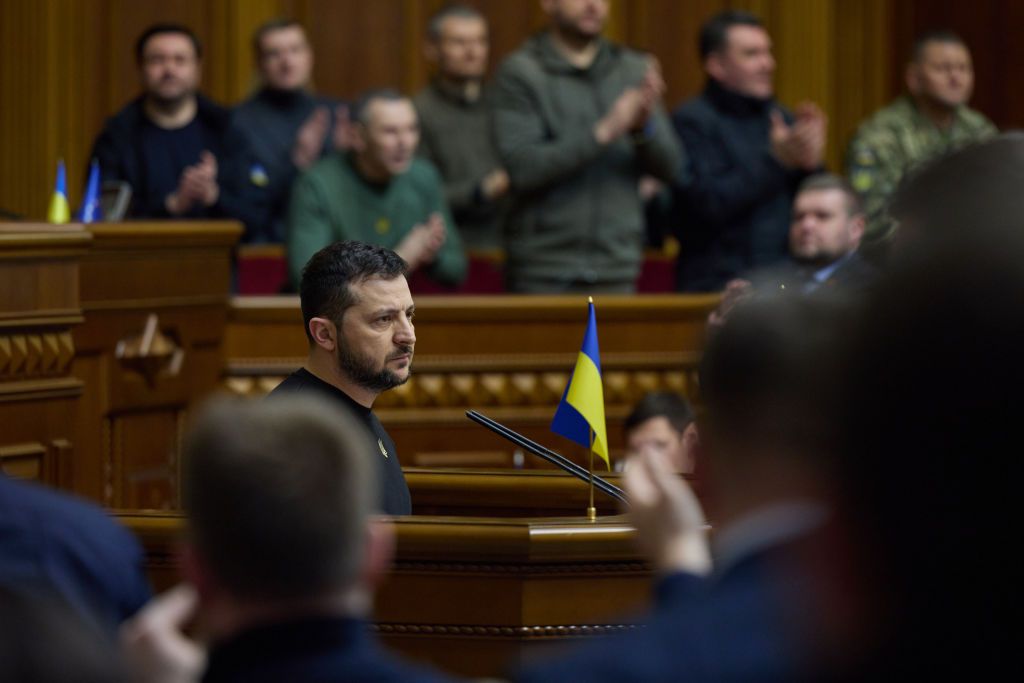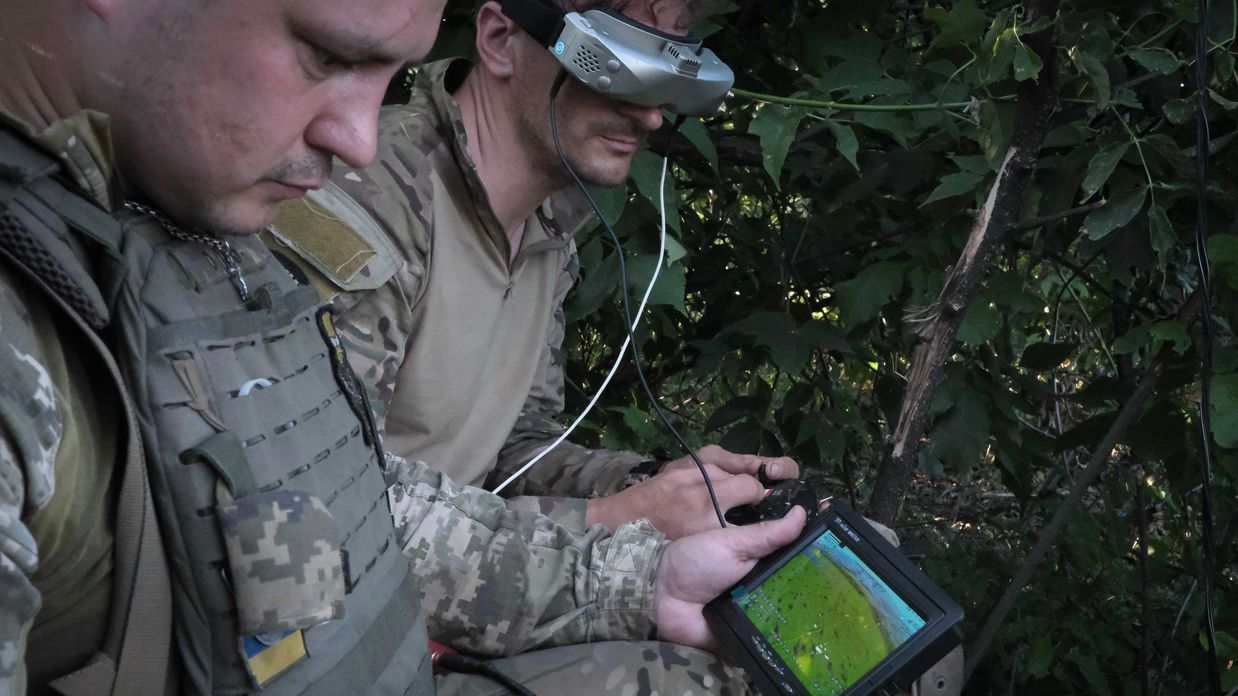Our readers' questions about the war, answered. Vol. 4

Editor's note: We asked members of the Kyiv Independent to share the questions they have about the war. Here's what they asked, and how we answered. Join our community to ask a question in the next round.
Question: What factors will swing the war decisively in Ukraine's favor?
Answer: One very simple conclusion that can be made from the last year of the war is that large-scale offensive operations have gotten a lot harder to do successfully for both sides than a year ago, and they are likely to only get harder.
Beyond this counteroffensive, both sides will look to take the upper hand in a war of attrition, to degrade the enemy more than they themselves are degraded so that they can attack again with more relative strength at some point. For this, the most important factors are manpower, drones, the capacity for longer-range strikes on logistics, and shells, shells, and more shells.
There don't look to be any other shortcuts anymore, but if Ukraine can truly gain free reign over the airspace in Crimea, the political and military consequences of that for Russia might just be the asymmetrical factor that can change the overall battlefield. – Francis Farrell, reporter
Question: Now that the counteroffensive broke through the Russian front lines, how is Ukraine dealing with the minefields?
Answer: Minefields are still a very dicey business. You may have seen reports, including my own, repeat some Ukrainian commanders' words that they expect the mines to be less psychotically dense past the second line and so on because, in front of the first, there were straight up three to five of them per square meter.
And, it's not even ground, it's all wedged under obnoxiously dense ground foliage, which adds a whole other layer, while the Russian positions ahead are shooting you.
However, I've been admonished by a colonel in the know that the landmine density isn't going to fall off that hard. Russia has what seems like an inexhaustible supply of them, and they don't take very long to set up. So they're going to be a problem this whole offensive and beyond.
Now, as for how Ukraine is dealing with them.
The country is developing and using high tech tools like demining robots that can detect stuff, or at least can push or drag a plough-like thing that gets the mines, to clear a ground path through them.
These kinds of contraptions are sometimes affixed to tanks or other vehicles, but it's a great way to lose a tank to mines or someone just blasting it from up ahead. Ukraine also has and is making more drones with thermographic sights that can detect unexploded stuff in liberated areas. – Igor Kossov, reporter
Question: Will Ukraine receive better tools to remove minefields?
Answer: Ukraine is trying to procure vehicles like this little guy, for front-line clearing, so the soldiers have some cover from frontal fire. It is mostly sourced from Europe.
However, these vehicles and more advanced stuff like robots are all pretty scarce, and according to my contact, a lot of front-line demining is also done by hand, with sensitive metal detectors. Ukraine doesn't get a lot of mine-clearing stuff as part of its military aid packages, as far as I'm told, and it could use as much of this stuff as possible.
There are many different variations on the type of vehicle I linked above, and Ukraine can use all of them, as well as any support that helps accelerate and scale up domestic ground drone production. – Igor Kossov, reporter
Question: Please discuss the appointment of Rustem Umierov as newDefense Minister. How it may affect Ukraine's ability to take back occupied territories?
Answer: It won't substantially affect Ukraine's ability on the front lines. Ukraine's Defense Minister is currently responsible for the procurement of weapons via formats like the one named after Ramstein and organizational stuff, like making sure soldiers have what to eat and what to wear.
Under Defense Minister Oleksii Reznikov, a number of corruption scandals damaged the ministry's reputation. However, overall, soldiers had food to eat and weapons to shoot from.
The big picture is overseen by President Volodymyr Zelensky.
There is room for improvement, but even if the ministry suddenly eradicates corruption and mismanagement, it won't have a decisive effect on the battlefield since Ukraine's lack of manpower, western jets, and long-range missiles isn't the ministry's fault, nor it can hope to fix these issues. – Oleksiy Sorokin, deputy chief editor
Question: Zelensky has promised elections if the West furnishes the funding for them – assuming such funding is given, does this mean that other parties would be free in their political campaigns to criticize the handling of the war by Zelensky and his party?
Answer: Holding elections during an ongoing active war is absurd and less democratic than postponing them until everyone can vote and everyone can compete.
Political parties won't have funds to launch proper election campaigns while spending the money on political ads won't be supported by society.
President Volodymyr Zelensky's words about the willingness to hold elections if the West pays for it isn't a serious claim.
Millions won't be able to vote, candidates won't have the freedom to compete, and those who would have a chance to be elected are currently busy fighting Russian troops at the front. – Oleksiy Sorokin, deputy chief editor
Question: As more of Donbas and/or Crimea is recaptured, will Ukraine permit safe travel for Russophiles (or Russians) living in these areas who wish to leave for Russia? Will there be provision for those who remain to vote in the presidential elections next year?
Answer: Ukrainian men from 18 to 60 years of age aren't allowed to leave the country during martial law. What will happen after the war is over is hard to imagine, but I would assume that freedom of travel will be restored, and those who want to leave will have this ability.
Currently, it is unknown how many people in the long-occupied areas of Donetsk and Luhansk oblasts and Crimea actually support Russia and wouldn't be able to live without the occupying state.
I'm confident Ukraine won't evict those people from their homes en masse– Oleksiy Sorokin, deputy chief editor
Question: What is the best estimate of deaths on either side – tallying civilian and military casualties separately?
Answer: I think that although a lot of us were skeptical about the official Russian casualty figures published daily by Ukraine's General Staff, 19 months of war have shown them to be pretty much in line with official U.S. estimates, and to match the relative intensity of periods of fighting as the war goes on.
The latest neutral(ish) information we have from Washington about casualties from both sides was from this report from the New York Times in August, which puts Russian combat deaths at about 120,000 and Ukrainian at about 70,000 – obviously with even more wounded on both sides.
I'm inclined to say these figures are probably in the ballpark. As for civilians – the big question is Mariupol. The nature of the fight there with a huge city surrounded like that has probably produced a number of civilian deaths that dwarfs everything else, but it might be a long time before we get solid numbers on that. – Francis Farrell, reporter
Question: Why do I see so many young, conscription-age men not in uniform in video scenes of Ukrainian cities?
Answer: Conscription-aged men are not obliged to go to the front unless they received a draft, and at least at the beginning of the war, there were enough volunteers (civilians who rose up to defend their country) to more or less hold the front line – with great difficulty.
There are also not enough weapons, uniforms, and basic provisions for the country to conscript everyone. Many men who aren't fighting are working in their civilian professions, thus helping to keep the country afloat amid the ongoing war.
This scenery, however, can be uncomfortable for Ukrainian soldiers who are on the front line after losing so many of their comrades and constantly fighting with a lack of manpower – with many worrying what could happen if the human resource ends before that of the Russians.
They say that many of the mobilized soldiers are over 40, and it's usually very tough for them to carry weapons/bulletproof vests/water (which could all add up to 40 kilograms) and walk a few kilometers (sometimes as long as six) to the zero line to defend or assault a position.
This normalcy seen in Kyiv and other cities far from the front line is part of a societal gap that is expected to widen further as the war continues to rage on and Ukrainian soldiers – many of whom are already extremely exhausted – keep doing everything to fight day by day.
While there are missile and drone attacks targeting cities far from the front line, Ukrainian soldiers mostly say they are frustrated that some members of the society are forgetting the war and the real cost of defending the territory. – Asami Terajima, reporter
Question: I'm fascinated by these cardboard drones. Can they fly through rain? How are they powered? How efficient are they compared to conventional artillery?
Answer: I only know what is publicly available information, and there are a few articles that go into detail on the specs. But, to be short, they are just one good example of a creative, lightweight, and low-cost aircraft that can be used for a number of different roles.
Here, what makes sense is recon and kamikaze missions.
For my last drone story, the head of the Defender Army showed me styrofoam recon/kamikaze drones, which fulfill a very similar role. While you could argue whether FPV drones (much cheaper and with a much shorter range) could start to replace normal artillery shells on the battlefield, these longer-range, fixed-wing drones fit a different niche that's not really equivalent to any traditional munition. – Francis Farrell, reporter
Question: Which side is at greater long-term risk of running out of – soldiers, weapons, ability to pay for the war and/or internal support or at least willingness to go along with the war?
Answer: It's a numbers game, and it depends a lot on outside factors.
Russia has a larger population to draw people from, and honestly, they can probably keep dragging people off to war without major issues. Yes, some people will run, but overall the country has shown time and time again that you can never expect anything impactful to come from the bottom up.
As for weapons and finances, the most important factor for Ukraine is, of course, outside support, and there, I think the 2024 U.S. presidential elections will decide a lot.
For Russia, their huge military industry is stepping up production, but not enough to make up for losses and expenditures. There again, China is a big, looming question. – Francis Farrell, reporter
read also





